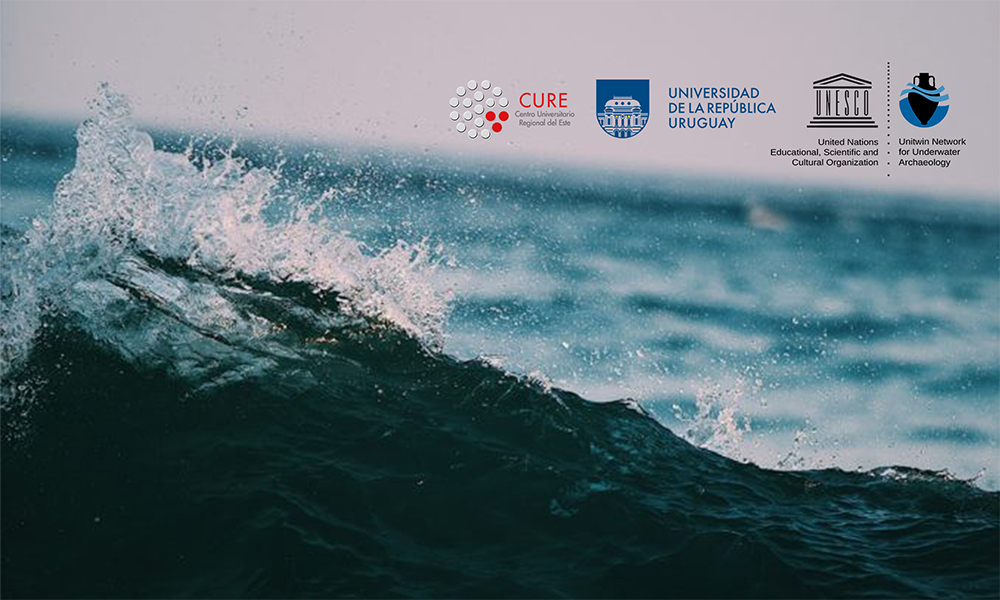The Archaeological Conservation Laboratory team has decided to transfer to the Conservation facility at Regional Eastern University Center (CURE) the iron cannon which was taken out in 2005 as a diagnostic element of the underwater archaeological site Vértigo at Punta Burros de Piriápolis. The objective of this transfer is to evaluate its deterioration and to apply strategies of curative conservation (electrolysis) that this kind of pieces require regularly.
Video of the transfer from the Hotel Argentino to the Archaeological Conservation Laboratory facility (LAC-CIPAC):
This cannon was taken out as a diagnostic element of the wreck because it was the most relevant. Although the in situ observations of this piece of artillery have provided valuable data, the layer of concretions that covered it did not allow to observe possible details printed on its surface, or marks produced during the process of construction and uses. Due to the conditions in which it was, it was taken to stabilization and conservation treatments. After the electrolysis procedure the concretions that were covering it were removed and the canon was treated for a period of one year until its stabilization and exhibition in a space offered by the Hotel Argentina at Piriápolis, along with the reconstruction are the historical data and a scaled caisson that supports it.
The piece, identified as V04/10, was found to be a cast iron cannon, of smooth bore and small caliber, of the denominated “pedreros” which used to shot stone’s projectiles; It has 1540 mm of length, and 83 mm of mouth, corresponding to a caliber of “4”. Its design is rustic without care in its completion and did not present any inscription.
The investigations carried out at the archaeological site and the historical documentary research are in relation to three ships that were wrecked in that area of the coast: the English frigate Duke de Clarens (1805), the French brick Le Consolateur (1808) and the English brig Caledon (1809). From these boats, the Le Consolateur is where more coincidences have been recorded, however, the results have not been conclusive so far.
Once this new stage of conservation and stabilization is completed, the canyon will return to the city of Piriápolis to be exhibited to the public again.
Click play and move the 3D model of the object:
